How to upgrade your laptop without much money
Due to the rapid progress of computer technologies, a high-end computer will soon not be considered such a thing. The specifications become obsolete over time. Thus, many people often look for options to be able to improve the overall performance of
Due to the rapid progress of computer technologies, a high-end computer will soon not be considered such a thing. The specifications become obsolete over time. Thus, many people often look for options to be able to improve the overall performance of their machine. Whether it's your personal computer or your company's computer system, in this article we'll provide some tips on how to upgrade, and with less money than you think.
What parts are replaceable?
Unlike very common desktop computers a few years ago, in laptop computers it is not feasible to replace some components. While on desktop computers, virtually all parts could be replaced, from the motherboard, processor, RAM, hard disk and graphics card, there is no such facility in laptops. Motherboard for example is difficult to replace as well as the graphics card. This aspect is due to space limitations. With respect to the graphics card, it is often integrated into the motherboard which prevents any upgrade at that level. Besides there being no possible connections to a new graphics card, there is simply no space to accommodate it inside the laptop.
In portable computers the most easily replaceable parts, that can have a significant impact on their performance, are RAM and the disk, that we will discuss in more detail below.
RAM and disk upgrade
RAM has a direct impact on your computer's performance. As the fastest access memory in your system, all data required by the programs you are running at a given time are temporarily stored in it. Thus, the larger the RAM, the more data can be quickly accessible rather than having to repeatedly access the hard disk (which is a slower access memory).
On the other hand, this component is usually easy to replace. There is often a cover underneath the laptop, through which it is easy to access. When buying RAM memory you should pay attention to its specifications, namely frequency and speed. Each motherboard "accepts" memories of a certain type, which it must respect. Additionally must check the maximum memory that the motherboard supports.
Once you have the above mentioned cautions you can then move on to buying RAM memories. What is recommended is that you buy the maximum that the motherboard supports. This way you get the most out of your system performance limits.
Another component that you can update with some ease, and can improve the generic performance of your computer, is the hard drive, if it is not yet an SSD. This recent technology has come to break with the SATA hard drives that have been used over the past few years. The great advantage of SSD disks is the significantly different read and write speeds. With this new technology the access to read or write data on the hard drive is much faster. This characteristic usually leads to a general improvement of the speed of access and use to programs.
Costs involved
The above two components are readily available in many specialty stores. It is, however, necessary to compare characteristics and prices between various establishments. An upgrade of this kind could cost around € 100, which turns out to be a competitive price, considering that, depending on your current system, you can get relevant performance improvements.
